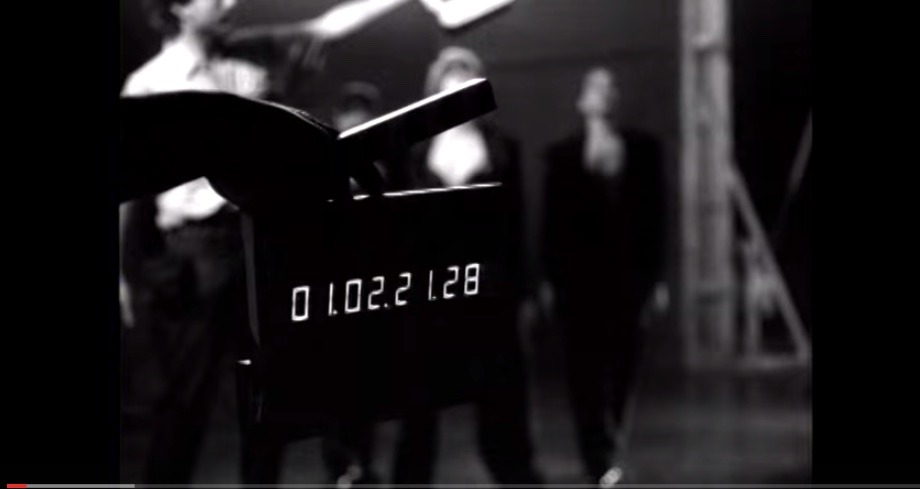Repeating yourself can be annoying. To remain calm and focused takes mental toughness, but the repetition itself builds your mental resilience. Do it again with the aim to improve. It's especially tough for actors who also have to pretend to be agitated but have the focus and endurance to repeat an emotional scene again and again. How do we rehearse and repeat ourselves well? How? How?
Practice is Repetition
Skill development takes daily practice. To gain precision in physical motions, especially fast ones, requires thousands of repetitions. As a fighter, you need to practice your skills. You'll want to learn new things all the time, but if you devote your time to new things and never practice what you already learned, you'll perform those techniques badly, or worse forget them altogether.
- Sword cuts and thrusts must land exactly on target.
- Slashes must draw a straight line.
- Parries must be perfect for your own protection.
- Footwork must move you a specific distance in relation to your partner and the set.
- Kicks must be consistent and balanced.
Believe it or not, becoming excellent at an individual movement like a lunge is the easy part. If you watch sparring or introduce a new skill into choreography too soon, you'll notice that the move that was perfect when done in isolation is a mess when used in combination with other motion. Since demonstration of techniques in isolation is almost never what we're doing, it's important for your practice to include combinations of moves in which all the techniques are done well.
Acting is also a skill, but the repetition is not the exact replication of every physical detail, but rather a repetition of the exact dialogue while reacting to the dynamic changes in the relationship between you and your scene partner. In both physical skills and emotional acting skills, one of the main ways to consistently improve is to monitor yourself. Body awareness is not only necessary to make sure your quarterstaff doesn't hit the boom operator behind you, but also to be able to answer the question "What went wrong that time?"
If you can't pay attention to the position and movement of your body through the scene, then you should slow down. You cannot control what you cannot perceive.
Rehearsal is Experimentation
Try different things that you think can improve the scene. Whether you're working on a fight or a conversation, you can insert a short pause and see what happens. Just like you can emphasize certain words, you can also emphasize certain actions. Some attacks can become almost feints because your character doesn't expect them to hit. On the other hand, you may commit to an attack that gets blocked, and play the surprise or frustration that it didn't work.
Don't change everything at once. An experiment tweaks one variable at a time to be able to gather data about a specific change. Try a grunt on a specific move and see if it helps. Then take it out and try something else on a different move. You should absolutely not be surprising your partner with different movements, but small changes in the flavour of your performance.
Remember, the goal is to keep improving the product, not to keep yourself from boredom. Repeat and repeat. Your director may also give you notes or tips which you should take not as suggestions but as required changes and a way to keep improving your scene in a way you didn't perceive.
Performances Are Not Experiments
When it comes to performing your scene, it's beyond the time for trying out new things. For the sake of your partner's confidence in your consistency and trust that you're both on the same team. You want your performance to be a validation of all your rehearsal, not another random change.
Film takes are also performances. Since different angles may be cut together, it's important to be consistent in your action so that your hand doesn't jump to a different prep position with each take of a cut. Since we are often too invested in our own art form, we won't look at a fight scene to analyze this. A dance-heavy music video can give us a good impression of how movement professionals approach a performance and how it becomes an award-winning video.
Vogue
Some people may not like Madonna's song or the dance, but we have an excellent set of takes besides the final product. So we can look at the number of times that any given sequence was performed. Notice that the dancers are nearly perfect in every case. That means that they did a lot of rehearsal before the camera started rolling. Sometimes they know that there was a little mistake, and they start again. There's no angry outburst, just a reset with the same intensity and attitude as every previous take. That's professionalism.
If you compare it to the final video, you can see how editing can take a sequence with a little mistake and intercut it with some other footage. However, that doesn't mean that the dancers only needed to do three dance moves in each take. They did the full verse in a continuous dance to the beat. Fights are often filmed this way, even though it seems like every punch has it's own camera angle.
Without further ado, I'm sure you can learn a lot from these two videos. Take the time to watch them carefully and imagine how this would apply to filming a fight scene.
